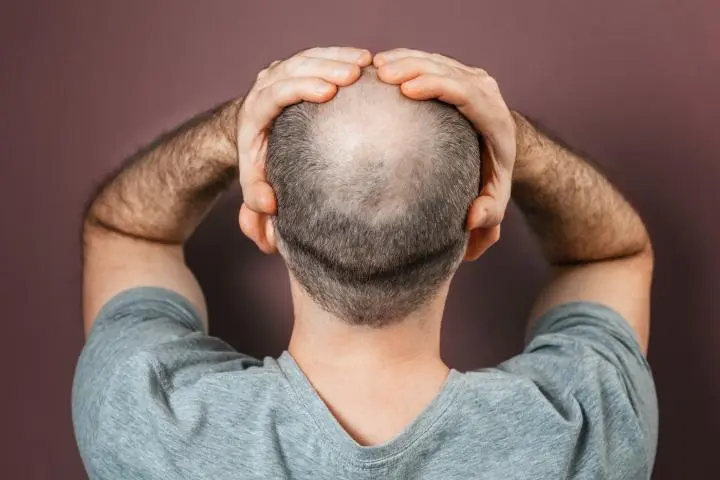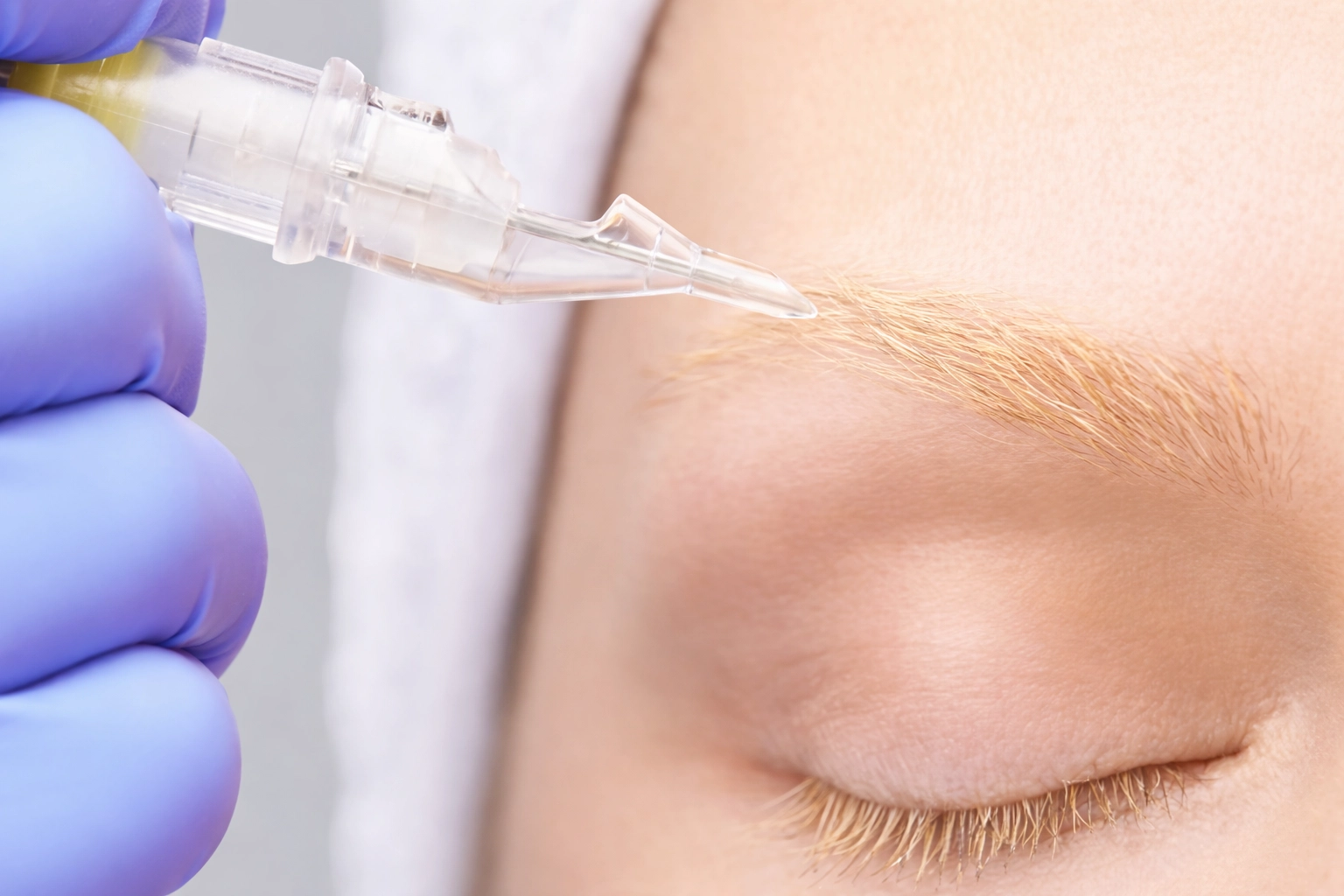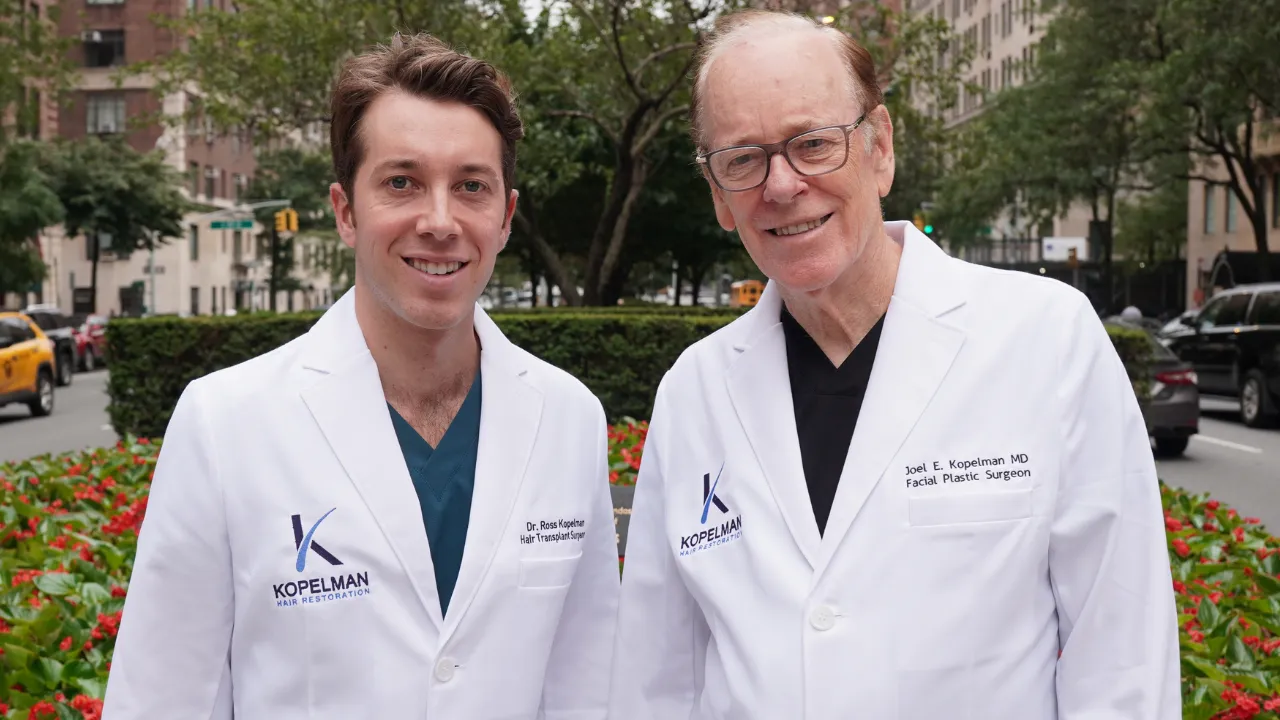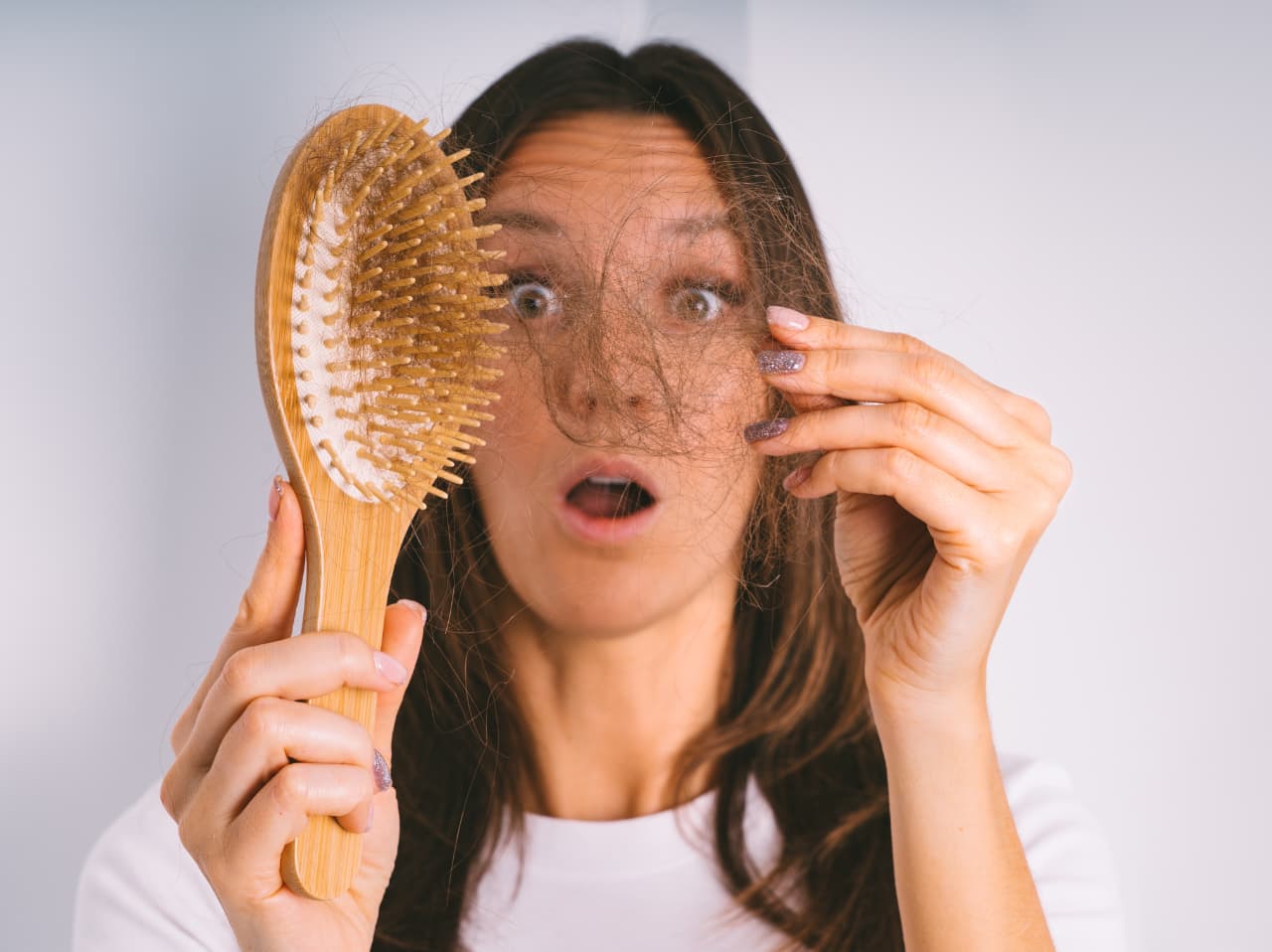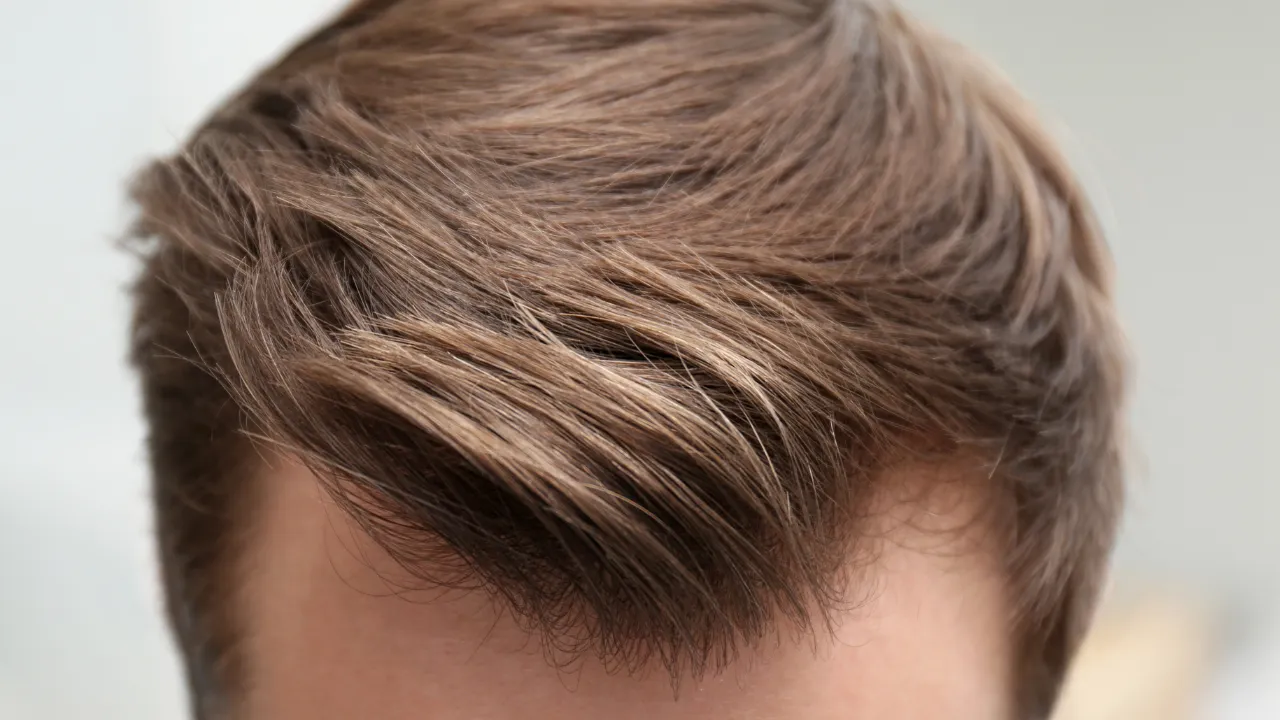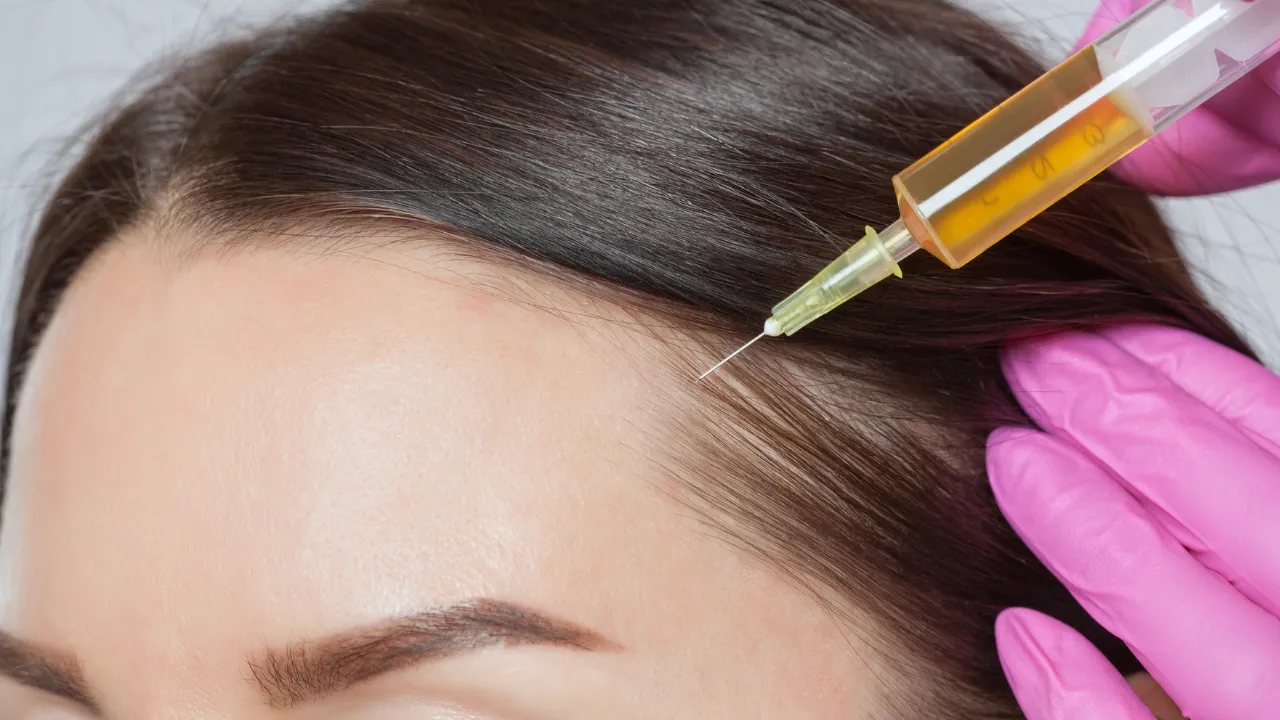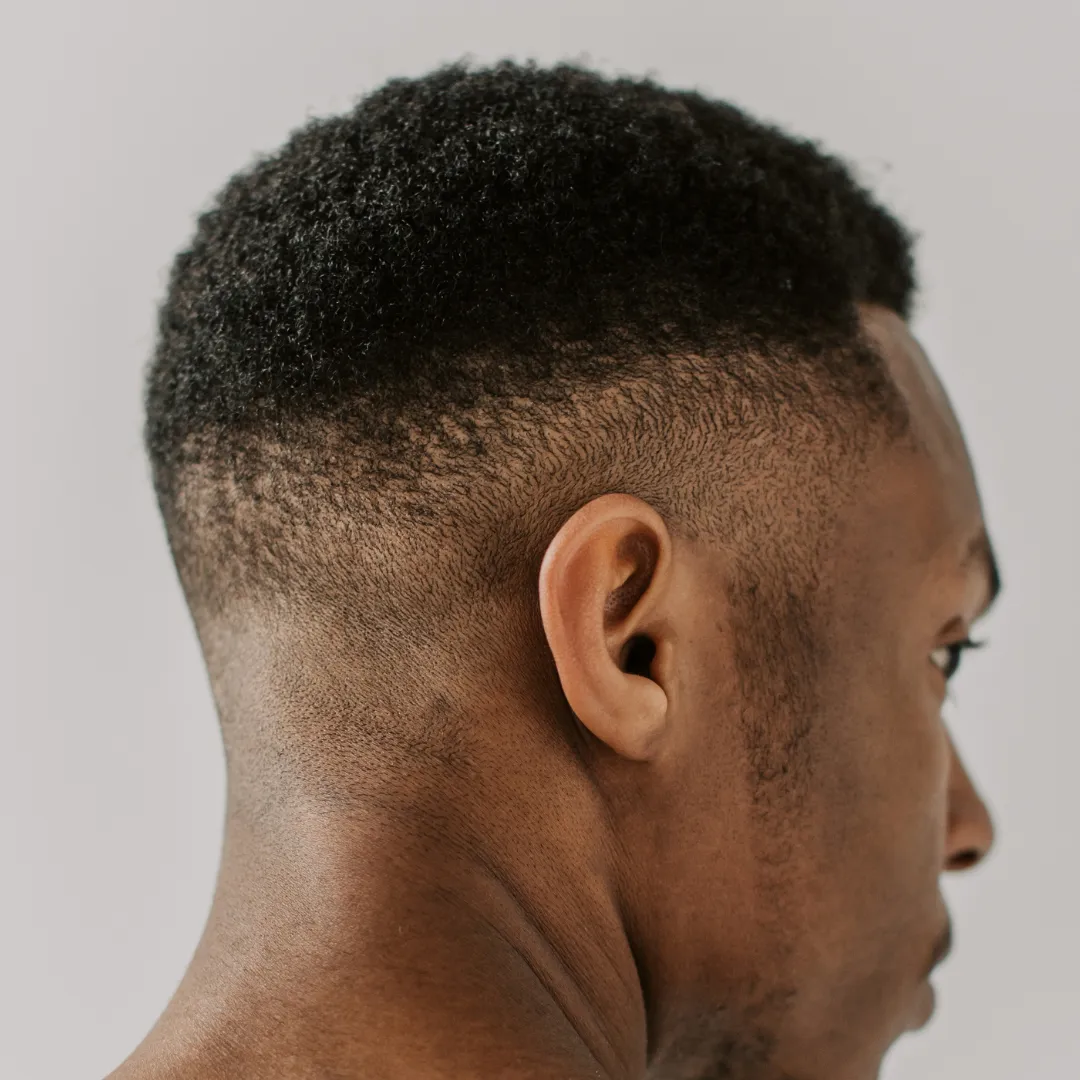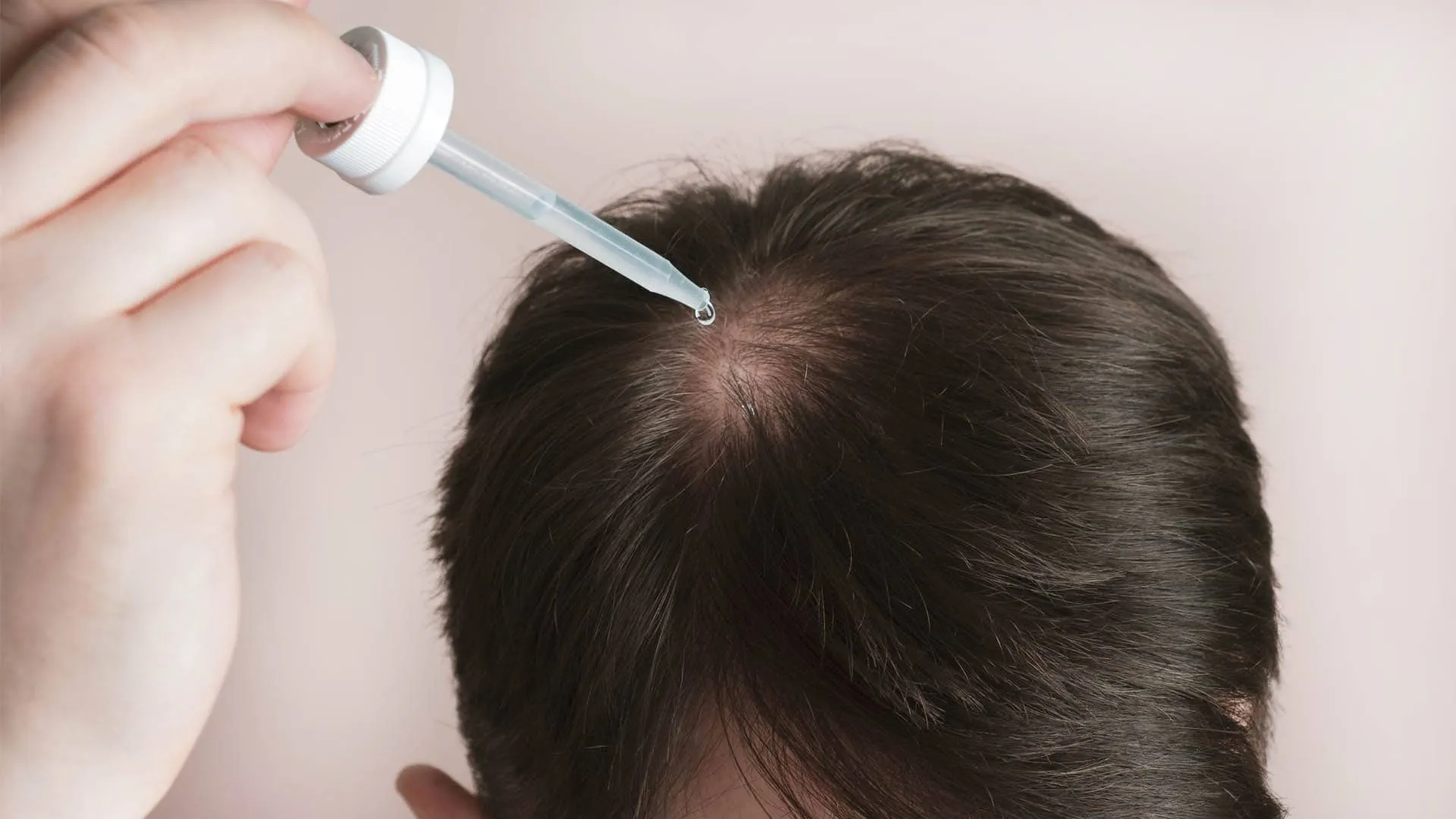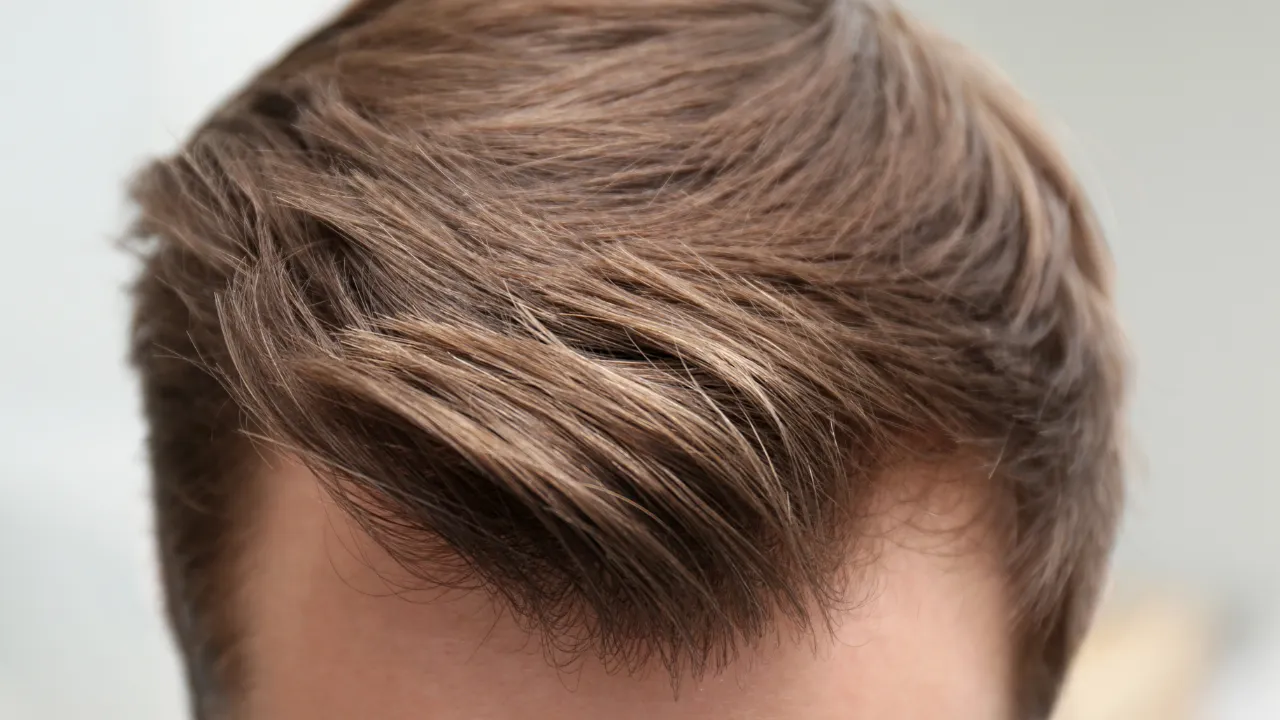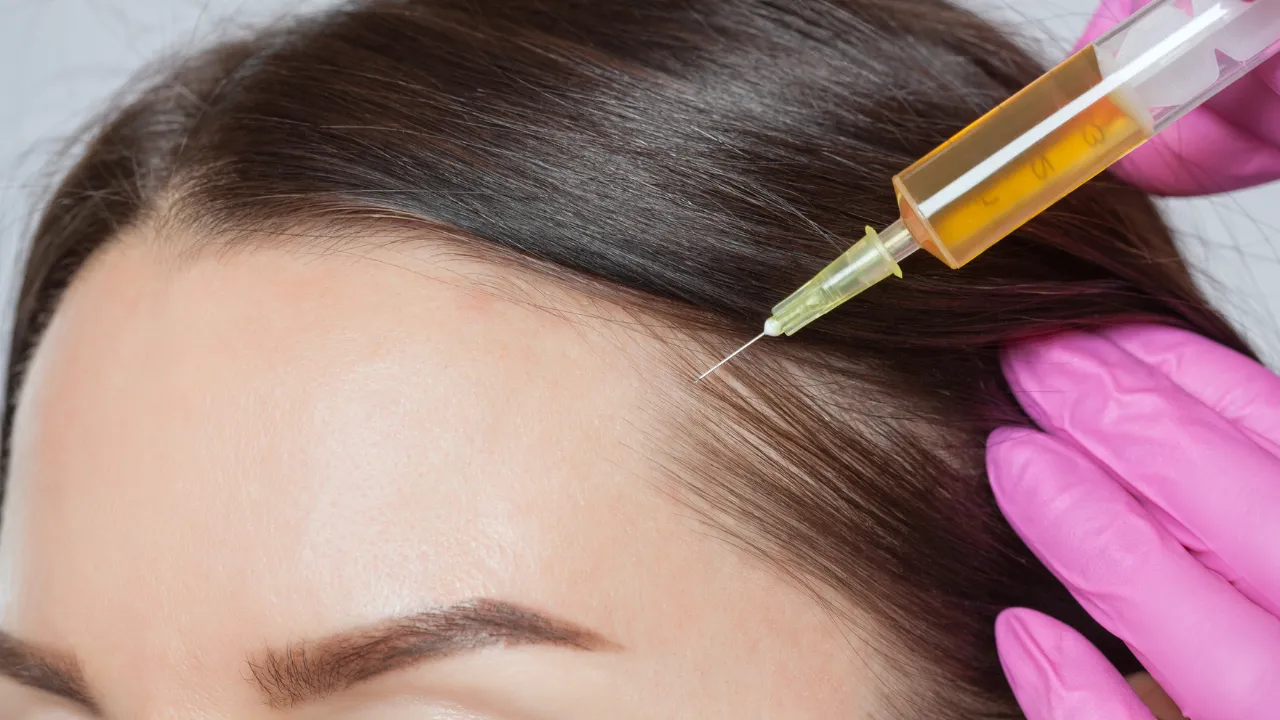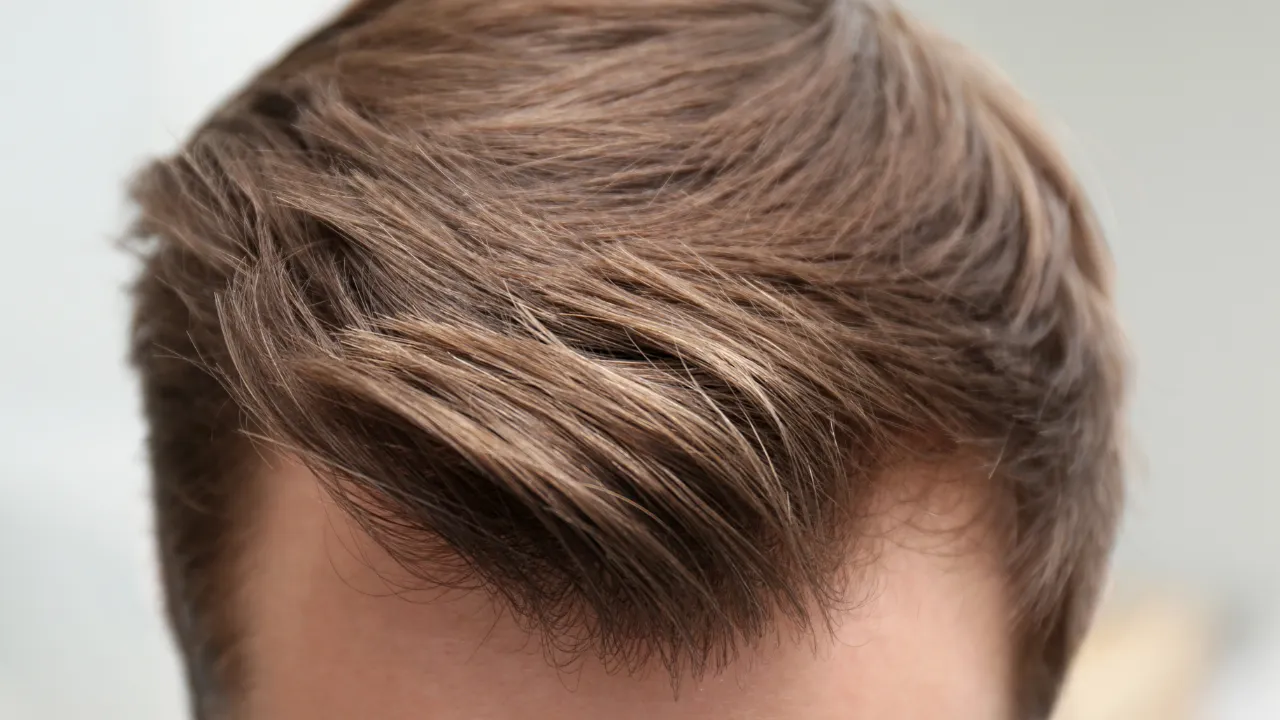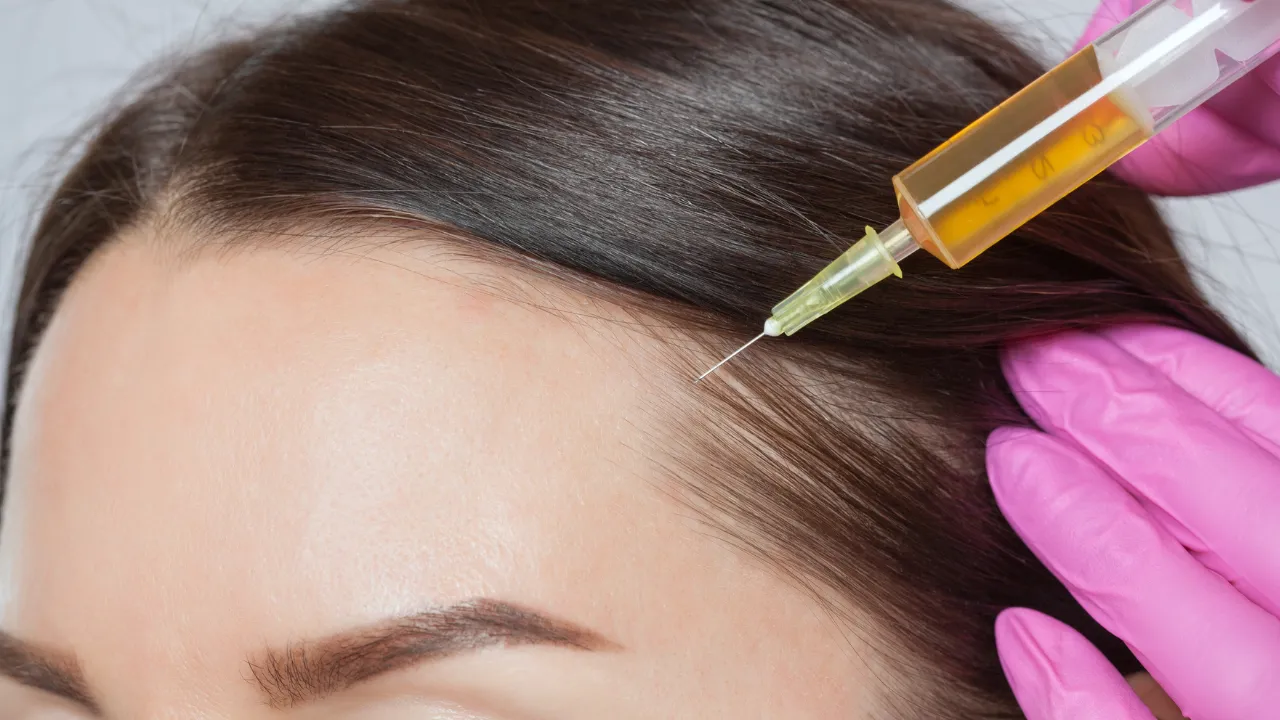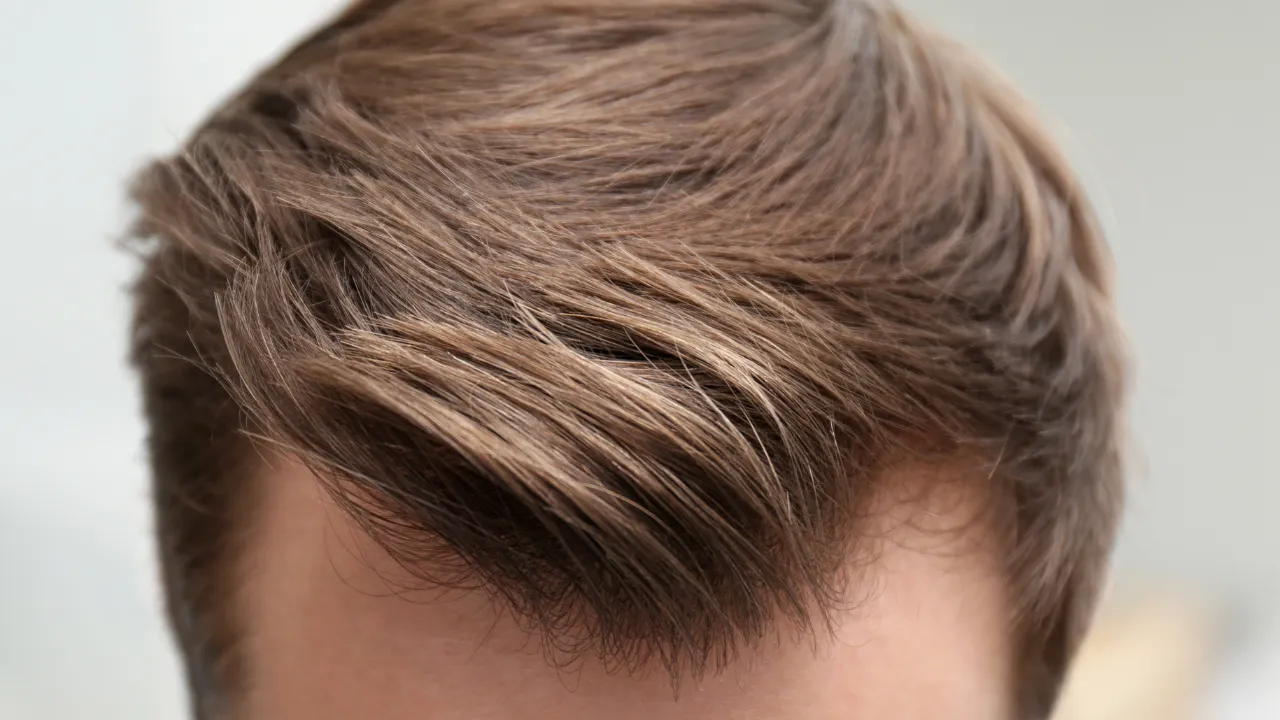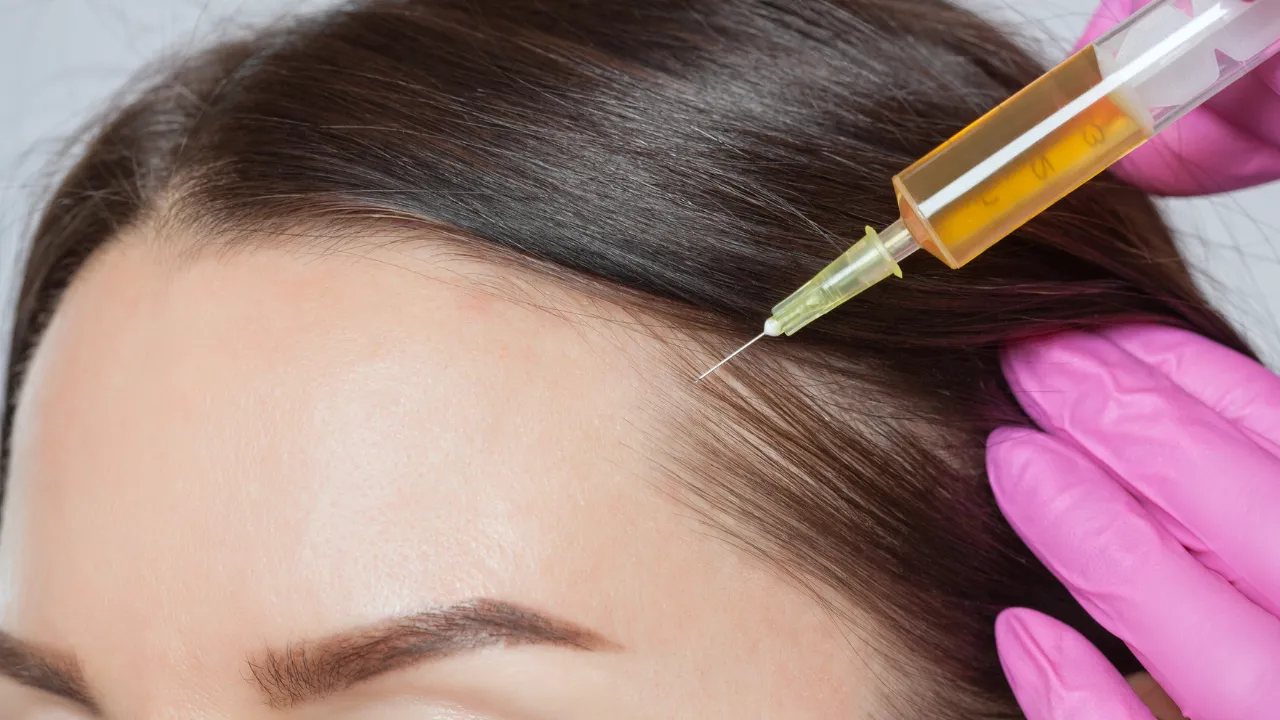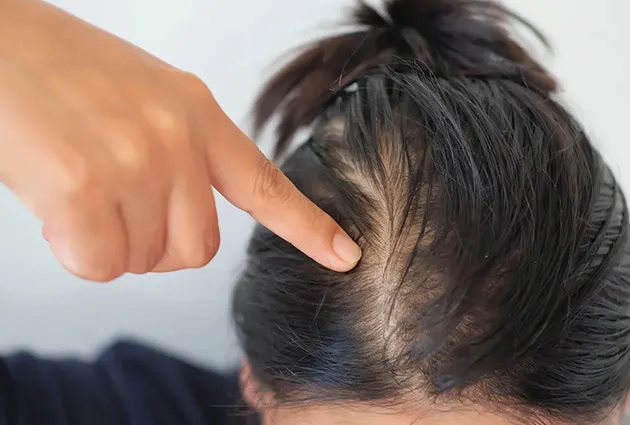Table of Contents
ToggleAt Kopelman Hair, we specialize in providing patients with reliable solutions for hair restoration. If you’ve been searching for a proven bald head cure, you’re not alone. Our goal is to help you understand the options available, what works, and how close science is to solving the issue of baldness permanently.
Key Takeaways
- While a universal bald head cure does not exist yet, many treatments can stop or reverse hair loss when started early.
- Treatments like minoxidil, finasteride, PRP, and transplants are effective depending on the stage and cause of hair loss.
- Dr. Kopelman provides evidence-based solutions backed by over 40 years of medical experience in hair restoration.
- New therapies such as stem cell treatments and laser therapy show promise but are still under clinical evaluation.
- Patients should expect gradual results and follow a consistent treatment plan tailored to their needs.
Can Baldness Be Cured?
Baldness is often seen as irreversible, especially when hair loss progresses beyond the early stages. Many people ask: Is there a cure for baldness? The answer depends on the cause and the timing of intervention. While a universal cure doesn’t yet exist, many treatments today can stop hair loss or reverse it in specific cases.
Understanding the science behind hair loss helps set realistic expectations. Some treatments work better for certain types of baldness, especially if started early. Others may require ongoing use to maintain results. A proper diagnosis is key to choosing the right approach.
Is It Possible to Regrow Hair on a Bald Head?
Hair regrowth is possible in many cases, even on areas that appear completely bald. The outcome depends on whether the hair follicles are still active. Treatments like minoxidil, finasteride, and platelet-rich plasma (PRP) can stimulate growth if the follicles haven’t fully atrophied.
For patients with advanced hair loss, hair transplant surgery may be the most effective solution. At Kopelman Hair, we assess each case individually to determine whether regrowth is achievable and what method is best. These procedures are particularly effective in covering balding areas and restoring a natural hairline.
Will Balding Ever Be Cured?
The question can baldness be cured permanently is still under scientific debate. Researchers are exploring ways to regenerate dormant follicles and reverse genetic triggers. While there is no one-time permanent fix yet, ongoing advances suggest we’re moving closer to a true cure.
Current studies on stem cell therapy and molecular breakthroughs like the PP405 molecule show promising early results. One such study, published in the journal Nature, demonstrated how PP405 revived inactive follicles in lab mice.
What Science Says About Hair Restoration
Recent studies show promising results for both traditional and new treatments. For example, a 2019 study published in Nature highlighted how the PP405 molecule could regenerate dormant hair follicles in mice. Clinical trials on platelet-rich plasma (PRP) therapy also show increased hair density in many patients after three to four sessions.
Dr. Kopelman follows the latest research to provide patients with treatments grounded in science.
Scientific research confirms that genetics, hormones, and inflammation play major roles in baldness. Effective treatments often target these mechanisms. FDA-approved medications can slow or reverse loss, and new regenerative therapies aim to rebuild the follicle environment.
Dr. Kopelman’s treatment protocols are informed by clinical studies and supported by the latest scientific data.
Medical Treatments for Baldness
Dr. Joel Kopelman, a board-certified facial plastic surgeon with decades of experience, has helped thousands of patients restore their hair through evidence-based treatments.
For those experiencing hair loss, several medical options exist that have proven results. These treatments are regulated, well-documented, and generally safe when used under expert supervision.
FDA-Approved Options for Men
Men with male pattern baldness often benefit from two FDA-approved drugs:
- Minoxidil (topical): Stimulates hair growth and slows loss.
- Finasteride (oral): Reduces DHT, a hormone that causes follicle shrinkage.
These are most effective when started early and used consistently. Dr. Kopelman tailors treatment plans to each patient’s hair pattern and medical history for best results. These options are part of comprehensive strategies used to treat hair loss at the root level.
Best Treatments for Women
Female hair loss often follows different patterns and hormonal causes. Treatments must be adjusted accordingly:
- Topical minoxidil is commonly used.
- Anti-androgens may be prescribed depending on hormonal levels.
- Nutritional and medical evaluations often reveal underlying contributors.
Kopelman Hair offers thorough assessments for women to identify the right clinical path for regrowth and hair stabilization. Many women with receding hairline or diffuse thinning benefit from combination therapies.
Products and Shampoos That Help
Shampoos alone won’t reverse baldness, but can support a healthy scalp. Products with ingredients like ketoconazole, biotin, or caffeine may reduce inflammation and improve hair strength.
Look for evidence-based products and avoid those with exaggerated claims. Dr. Kopelman recommends using medical-grade shampoos as part of a broader treatment strategy that supports the hair growth cycle. Some of the best options include bald head cure shampoo and treatments designed specifically to treat hair loss and bald spots.
At-Home and Natural Remedies
Some patients prefer natural or at-home approaches, either to delay medical treatment or to supplement it. These methods vary in effectiveness and should be used with realistic expectations.
Natural and Fast Home Remedies
Home remedies often include:
- Rosemary oil: May improve blood flow and reduce inflammation
- Scalp massage: Stimulates circulation and reduces tension
- Onion juice: Some users report regrowth due to sulfur content
- Lifestyle habits: Better sleep, reduced stress, and a nutrient-rich diet
While anecdotal, these options may support scalp health. They should not replace medical treatment for progressive hair loss or clearly defined bald spots.
Safe Options for Black Men
Black men often face unique hair loss patterns due to both genetics and grooming practices. Traction alopecia from tight hairstyles is common but reversible if addressed early.
At-home options include:
- Avoiding tight braids or cornrows
- Using gentle, sulfate-free products
- Applying castor oil or natural moisturizers
Kopelman Hair understands these specific needs and offers personalized care for diverse hair types.
What Causes Baldness
To treat baldness effectively, it’s important to understand what causes it. Not all hair loss is permanent, and not all baldness is caused by the same factors.
Genetic and Hormonal Factors
The most common cause of baldness is androgenetic alopecia, also known as male or female pattern baldness. It’s hereditary and influenced by hormones like DHT.
Other causes include:
- Hormonal changes (e.g., pregnancy, menopause)
- Autoimmune disorders (like alopecia areata)
- Thyroid conditions
A detailed evaluation helps determine if hair loss is genetic or linked to another condition. Recognizing whether it’s male or female pattern hair loss is critical to selecting the right solution.
Understanding the different types of hair loss is essential, as treatments vary depending on the cause and severity.
Do You Need a Clinical Diagnosis? Use This Checklist
If you answer yes to any of the following, you should seek professional evaluation:
- Are you noticing visible scalp or bald patches?
- Is your hair thinning more than usual in the shower or pillow?
- Do you have a family history of hair loss?
- Have you experienced sudden hair shedding in recent months?
These signs may indicate medical hair loss that needs clinical confirmation.
Diagnosing Hair Loss Accurately
A proper diagnosis may involve:
- Visual scalp examination
- Pull test (to assess hair strength)
- Blood tests (to check hormones, nutrition, thyroid)
- Scalp biopsy (in rare cases)
At Kopelman Hair, we use advanced diagnostics to identify the root cause and match it with an appropriate treatment plan. We then recommend tailored treatments for hair loss that align with your condition and goals.
What to Expect from Treatment
Every patient wants to know: How long does it take? What will the results look like? And is it worth it? These are important considerations before starting any hair restoration journey.
Hair Regrowth Timeline: Month by Month
Most treatments follow a predictable hair regrowth timeline:
- Weeks 1–4: Possible increase in shedding as follicles reset
- Month 2–3: Stabilization phase; minimal visible change
- Month 4–6: Early regrowth becomes visible
- Month 6–12: Full density improvements with consistent care
Following a consistent treatment plan is essential to maximizing results and achieving long-term success.
How Fast Can You Regrow Hair?
Visible hair regrowth usually takes time. For example:
- Minoxidil: 3 to 6 months
- Finasteride: 6 months or more
- PRP: noticeable change after 2–4 sessions
Patience is key. While some notice early results, full improvement often requires ongoing treatment.
Before and After: What Results Can You Expect?
Hair restoration outcomes vary depending on the treatment and the individual. Patients typically report thicker hair in thinning zones within a few months and reduced shedding early on.
Full regrowth is most often seen within 6 to 12 months. Dr. Kopelman provides realistic expectations and tracks progress using photographic evidence and clinical metrics to ensure visible, long-term success.
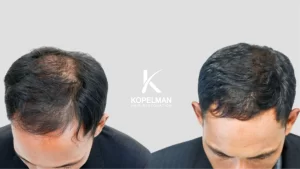
Results, Timelines, and Maintenance
Results depend on the treatment method and the stage of hair loss. Surgical options like hair transplants often provide the most permanent change.
Maintenance is equally important:
- Continue medications to preserve gains
- Avoid stress and nutritional deficiencies
- Follow post-treatment care routines
Some patients incorporate low-level laser devices into their routine for added support. This level laser therapy may help maintain gains by stimulating follicle health.
Dr. Kopelman helps patients set realistic expectations based on their hair profile and health status.
Frequently Asked Questions
Choosing a Hair Restoration Clinic
Not all clinics offer the same level of care. Here’s what to look for:
- Board-certified specialists with experience
- Transparent treatment options and costs
- Clear before-and-after documentation
- Personalized, honest recommendations
Kopelman Hair stands out for its medical expertise, ethical care, and commitment to long-term results. Dr. Kopelman and his team provide tailored solutions backed by decades of success in restoring confidence through hair.
Schedule a consultation with Dr. Kopelman today to get a personalized treatment plan and take the first step toward lasting results.


